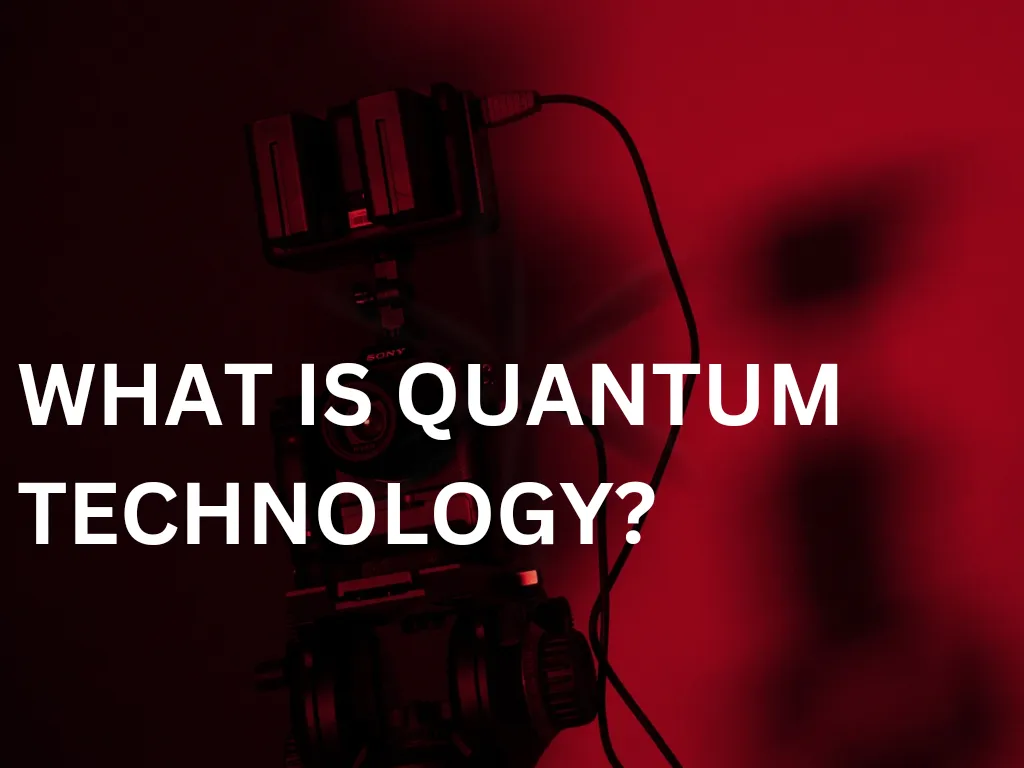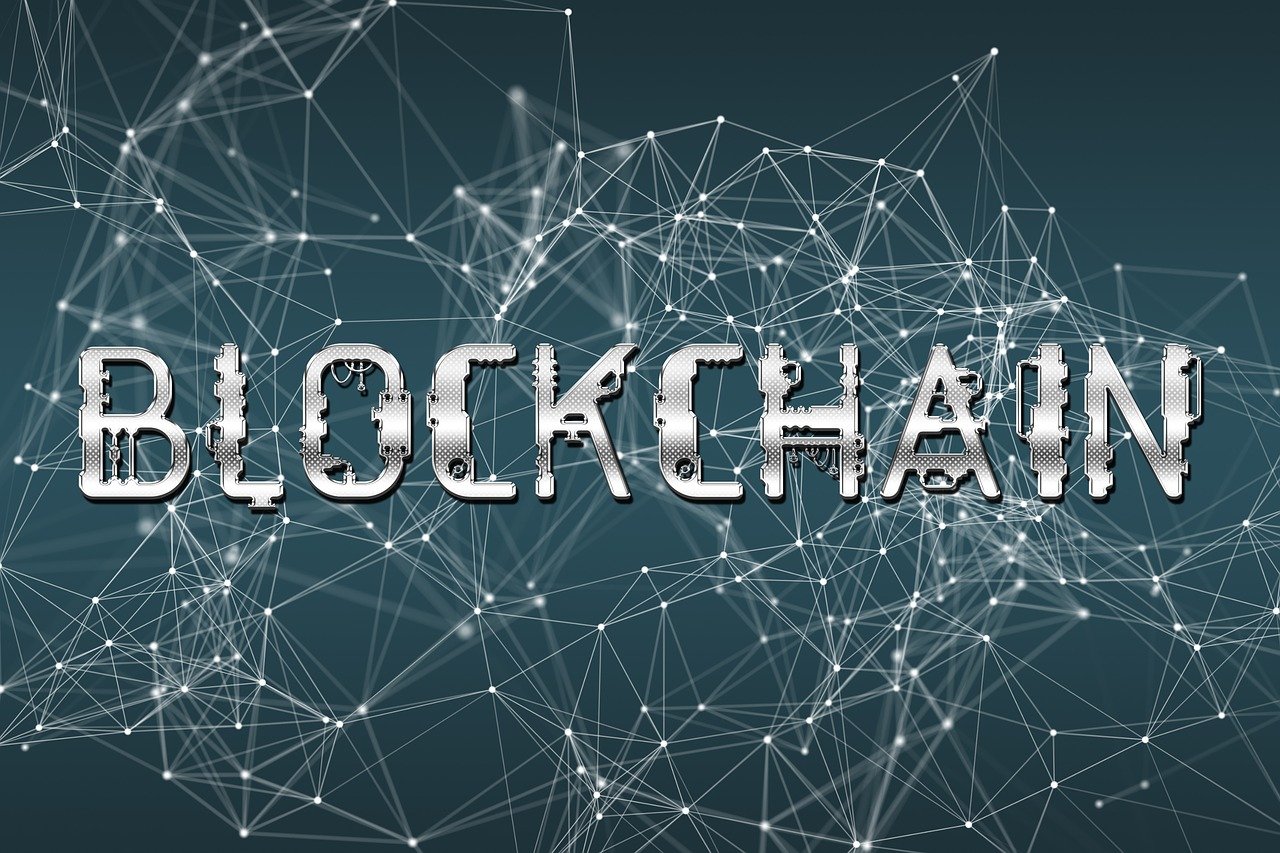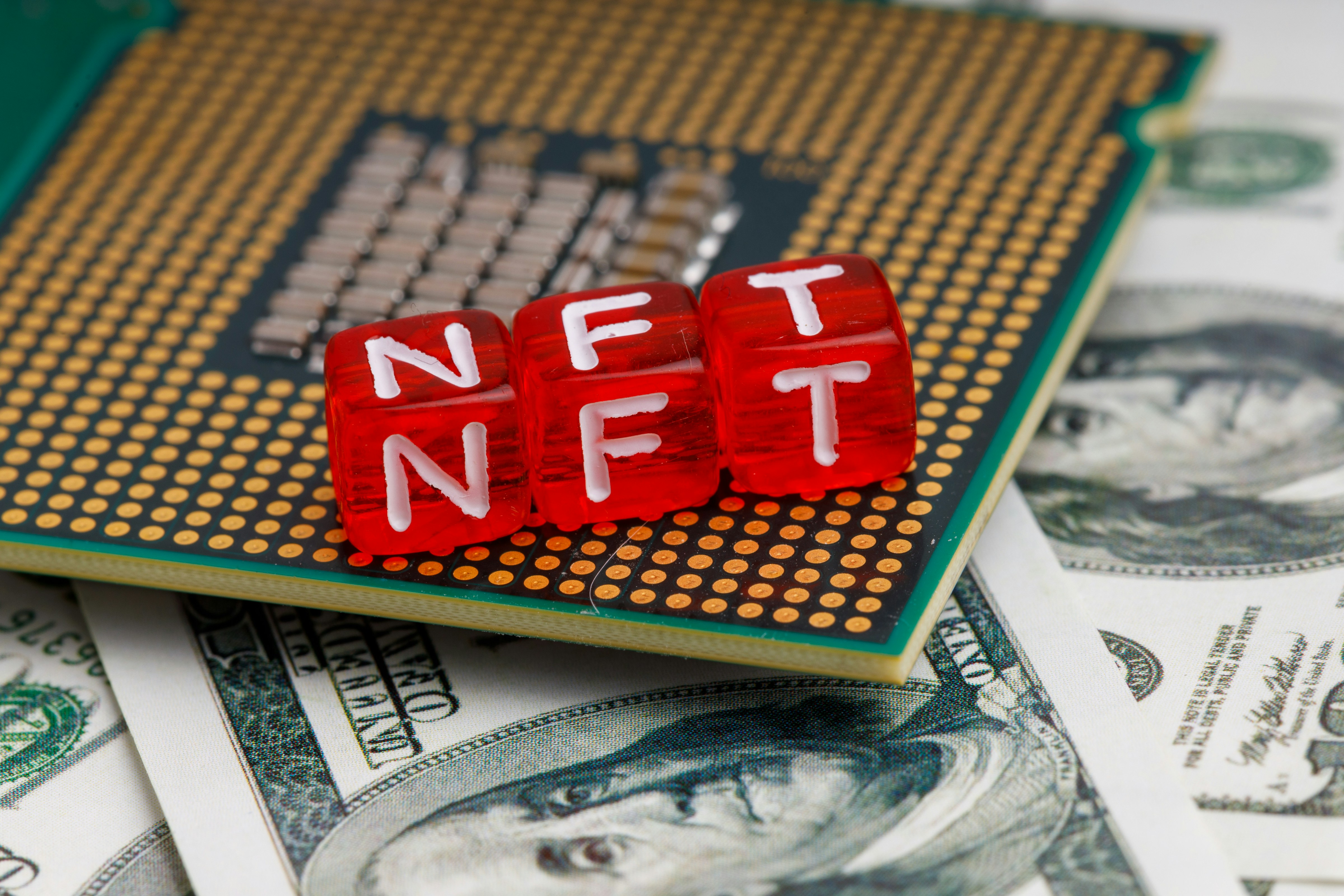GUIDES
|
6 min read
|
Jan 17, 2025
A Comprehensive DeFAI Guide to Simplified Abstraction Layers
Explore how DeFAI simplifies decentralized finance (DeFi) with abstraction layers. Learn how it automates tasks, improves integration, and saves costs.
Quick links
Introduction
Decentralized finance (DeFi) is exciting but, let’s be honest, it’s also pretty complex. There’s a lot of systems working behind the scenes that can make even the most experienced developers feel a little overwhelmed. That’s where (DeFAI) Decentralized Finance Artificial Intelligence comes into play.
This innovative solution is designed to make interacting with DeFi systems a lot easier by using simplified abstraction layers. If you’re someone who wants to understand how DeFAI works and how it can make your life easier you’ve come to the right place.
In this article, we’ll break down the concept of abstraction layers, dive into how DeFAI simplifies complex systems, and explore the benefits of using this tool.
What is DeFAI?
If you’ve ever worked with decentralized systems like blockchain, you know how complicated they can get. Every time you try to implement something, you have to deal with intricate details, like consensus algorithms, cryptographic keys, and all sorts of technical components.
DeFAI is all about making decentralized finance (DeFi) easier to navigate by combining artificial intelligence (AI) with blockchain protocols. It’s designed to remove the complexity that often comes with blockchain and decentralized systems, breaking things down into simpler, more accessible pieces.
By simplifying DeFi's underlying operations, DeFAI makes it more accessible to users and developers alike. You no longer have to understand every technical detail to interact with decentralized systems; DeFAI handles the complexities, so you can focus on the task at hand.
Whether you’re building a DeFi app, automating smart contracts, or simply exploring blockchain technology, DeFAI makes it easy.

What Are Abstraction Layers?
In simple terms, abstraction layers are like filters that remove unnecessary details from complex systems, making them easier to use and understand.
Think of it like this, when you’re driving a car, you don’t need to know exactly how the engine works to get from point A to point B. You just use the steering wheel, the gas pedal, and the brakes—and you’re good to go.
Abstraction layers do the same thing for technology. They hide the complex processes happening behind the scenes and present you with a simple interface to interact with.
In DeFi, these layers help you interact with complex blockchain technology without needing to know every single detail. It makes the process way easier for both developers and end users.
If you’re curious about abstraction layers in programming, this resource breaks it down.
Understanding the Concept of Abstraction Layers
How Does DeFAI Simplify Things?
One of the coolest things about DeFAI is how it uses AI to automate many of the complicated tasks in decentralized finance. For example, it can automatically handle things like transaction verification or smart contract execution, which are usually tedious and technical processes. With DeFAI, these tasks become automatic and efficient.
By using abstraction layers, DeFAI makes it so you don’t need to manually manage every single part of your system.
DeFAI's Approach to Simplifying Abstraction Layers
What makes DeFAI stand out is how it takes abstraction layers and AI and combines them to make things even smoother. It’s not just about simplifying systems, it’s about optimizing them too.
Here are some key features of DeFAI’s approach:
AI-driven automation: DeFAI uses AI to automate a lot of the repetitive, manual tasks that usually require human intervention.
Enhanced performance: DeFAI’s AI algorithms aren’t just about automating tasks, they also help optimize the entire process. This leads to faster, more reliable decentralized applications.
Simplified integration: DeFAI’s abstraction layers are designed to work seamlessly with other decentralized platforms, making it easier to integrate with existing systems.

Benefits of Using DeFAI's Simplified Abstraction Layers
Time and Cost Savings
One of the biggest selling points of DeFAI’s simplified abstraction layers is the time and cost savings. By automating key processes and removing unnecessary complexity, DeFAI helps developers build applications faster.
This means quicker marketing and lower development costs. It reduces the need for manual intervention and lowers operational costs.
Improved System Integration and Performance
Another major benefit of DeFAI is its ability to improve system integration and performance. Decentralized systems often struggle with seamless communication between different platforms or protocols. DeFAI’s abstraction layers simplify this by ensuring smooth integration, reducing friction between systems.
Step-by-Step Guide to Implementing DeFAI’s Abstraction Layers
Setup Process and Key Considerations
Setting up DeFAI is relatively simple, especially if you follow a clear, step-by-step approach. Here’s how to get started:
Identify Your Needs: First, determine where you need simplification and automation. Is it in transaction processing, smart contract deployment, or something else?
Access DeFAI’s Tools: DeFAI provides an ecosystem of tools that you can plug into your platform. You’ll need to sign up and access the necessary libraries or APIs.
Customize the Layers: Once you’ve integrated the tools, you can customize the abstraction layers according to your needs. Whether you need them to handle specific tasks or automate certain processes, DeFAI allows you to make adjustments.
Practical Tips for Developers
Focus on usability: Make sure your interfaces are clean, simple, and intuitive. The goal is to minimize complexity for the end user.
Test frequently: As with any new tech, it’s important to test your integration regularly. Spotting issues early can save you a lot of time in the long run.
Prioritize security: Ensure that your system is secure, especially when dealing with sensitive data. DeFAI comes with built-in security features to help protect your users.
Common Challenges and How to Overcome Them
Like any new technology, there are a few challenges you might run into when using DeFAI.
Some of the most common obstacles include:
Learning curve: For developers unfamiliar with AI or decentralized systems, there can be a bit of a learning curve.
Integration difficulties: If you’re integrating DeFAI into an existing system, it might take some time to ensure everything works seamlessly.
Solutions
To overcome these challenges, consider the following:
Read the documentation: DeFAI provides comprehensive guides and tutorials to help you understand how to implement their abstraction layers.
Engage with the community: Join tech forums, chat groups, or developer communities to exchange tips and solutions.
Start small: If you’re new to DeFAI, consider starting with a small-scale project before diving into larger implementations.
DeFAI’s Application in Different Industries
DeFAI isn’t limited to DeFi applications alone. It’s being used across various industries, from logistics to AI-powered analytics. For example, in logistics, DeFAI’s abstraction layers help streamline tracking systems by simplifying the data management process. In AI, DeFAI helps create more efficient models by automating certain tasks.
example of how abstraction aids various industries, explore this explanation
Conclusion
DeFAI’s simplified abstraction layers make it easier than ever to work with decentralized systems. By automating complex processes and presenting a clean, user-friendly interface, DeFAI is helping developers and easier onboarding into the Defi space.
Looking to take your DeFi projects to the next level? Work with Metro Labs Agency for specific strategies.
Join Our Newsletter
Subscribe to our newsletter and get exclusive insights directly to your inbox
You’ll receive up to 4 emails per month. No spam, we hate it too.
Related Articles
MARKETING
SEO vs. PPC in Web3 Marketing: Which Strategy Works for Your Project?
Jan 20, 2025
WEB3
The Future of Game Development with Blockchain Technology
Jan 18, 2025
WEB3
5 Ways Quantum Technology Is Transforming Blockchain Security
Jan 17, 2025
GUIDES
A Comprehensive DeFAI Guide to Simplified Abstraction Layers
Jan 17, 2025
WEB3
Simple Ways Agentic AI Can Enhance Your Dapp Experience
Jan 16, 2025
WEB3
Exploring the Impact of DePIN on Blockchain Technology
Jan 8, 2025
MARKETING
7 Effective SEM Strategies to Make Your Web3 Project Stand Out Today
Jan 8, 2025
GUIDES
A Complete Guide to the Right Web3 Content Marketing Tools
Jan 4, 2025
GUIDES
What is NFT Marketing? A Simple Guide for New Creators
Jan 4, 2025









